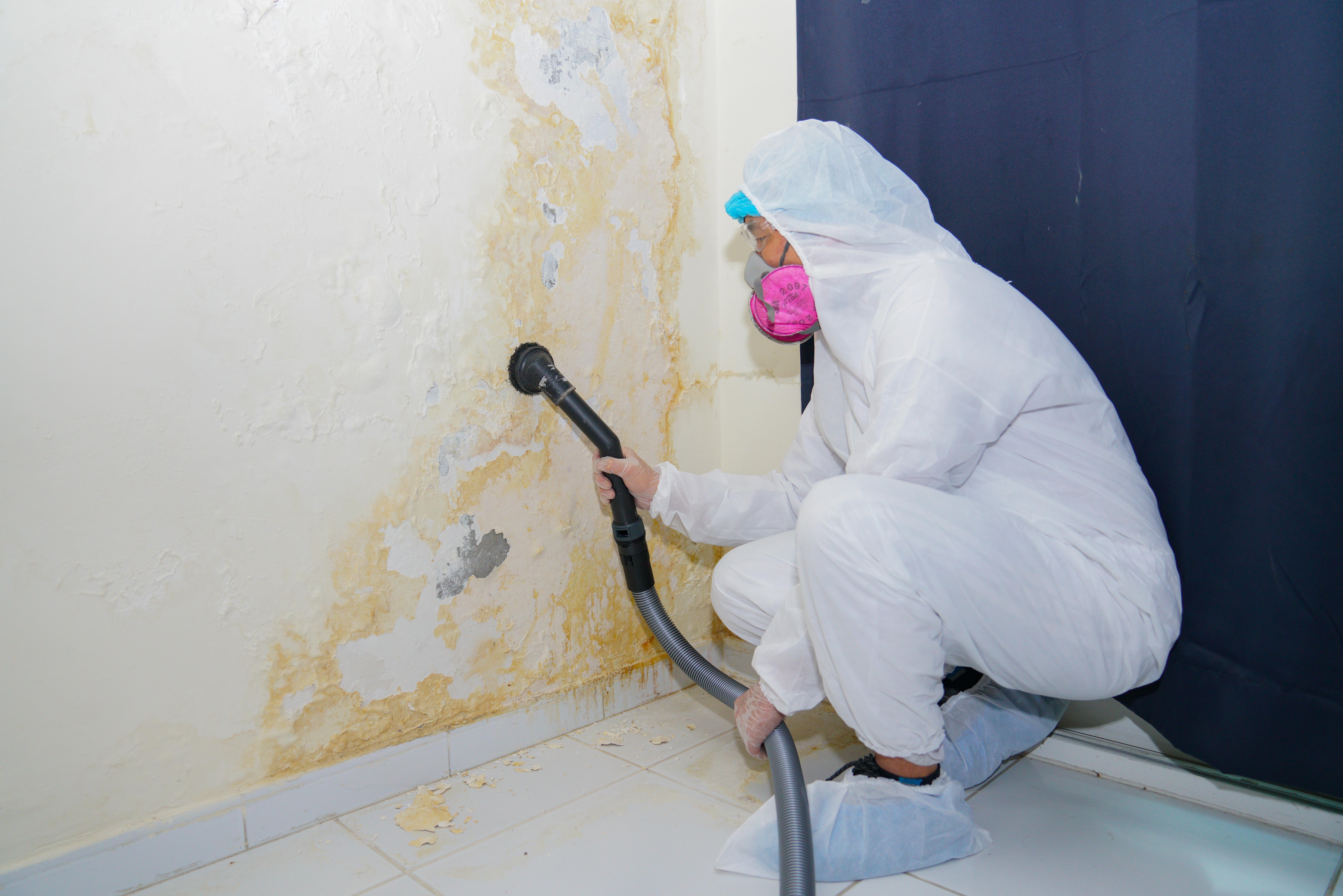Important Actions After Mold Remediation
Important Actions After Mold Remediation
Blog Article
Your Ultimate Guide to Message Mold Removal Methods
Navigating the world of post-mold removal strategies is a precise procedure that demands interest to information and a comprehensive understanding of the intricacies involved. In the aftermath of mold and mildew problem, recognizing just how to properly eradicate the mold and stop its reoccurrence is paramount for preserving a healthy interior environment. From selecting the right cleansing and sanitizing approaches to carrying out methods for long-term mold and mildew avoidance, each action in the removal trip plays a vital role in guaranteeing a successful end result. As we start this exploration of post-mold remediation strategies, we will certainly discover the key techniques and best practices that can help you restore your area to its pre-mold condition and guard it against future mold hazards.
Understanding Post-Mold Remediation Refine
After completing the mold and mildew removal process, it is critical to comprehend the post-mold removal methods that are required to ensure a detailed and effective clean-up. Once the mold and mildew has been gotten rid of, the following step includes cleansing and decontaminating the affected areas to avoid any kind of regrowth of mold. This includes utilizing specialized cleaning up representatives to clean down surface areas and kill any type of remaining mold spores. It is necessary to dry the area totally to discourage the development of mold and mildew in the future (Post Mold Remediation). Appropriate air flow and dehumidification can help in this procedure.
In addition, performing a last assessment post-remediation is important to make sure that all mold and mildew has been effectively gotten rid of. This evaluation must entail an extensive aesthetic check in addition to potentially air sampling to verify the lack of mold spores in the air. Extra removal may be required if the evaluation discloses any remaining mold. Last but not least, educating passengers on safety nets such as regulating wetness levels and promptly resolving any type of water leaks can assist maintain a mold-free atmosphere.
Effective Cleaning and Sanitizing Techniques

Protecting Against Future Mold Growth

Value of Appropriate Ventilation
Correct ventilation plays a critical role in preventing moisture removal mold accumulation, an essential consider mold and mildew growth within indoor settings. Efficient ventilation systems aid remove excess humidity from the air, reducing the chances of mold and mildew spores finding the dampness they need to sprout and spread. Without ample ventilation, interior spaces can end up being a breeding place for mold, leading to possible wellness risks and structural damage.
By making sure proper air blood circulation, ventilation systems can also help in drying out moist locations a lot more quickly after water damage or flooding incidents, further deterring mold and mildew growth. Post Remediation Inspection near me. Precede like shower rooms, attic rooms, kitchen areas, and cellars where moisture levels have a tendency to be greater, setting up and maintaining efficient ventilation systems is vital in avoiding mold and mildew problems

Surveillance and Maintenance Tips
Provided the vital duty that correct air flow plays in avoiding mold development, it is important to establish reliable tracking and upkeep ideas to make certain the ongoing capability of air flow systems. Normal evaluations of air flow systems must be performed to check for any signs of obstructions, leaks, or breakdowns that could hinder appropriate air movement. Surveillance moisture levels within the home is likewise crucial, as high humidity can add to mold growth. Installing a hygrometer can help track humidity degrees and sharp house owners to any kind of spikes that might require interest. In addition, making sure that air filters are on a regular basis cleansed or replaced is essential for maintaining the performance of the ventilation system. Executing a timetable for routine maintenance tasks, such as duct cleansing and cooling and heating system assessments, can aid protect against concerns prior to they rise. By remaining mindful and positive to the condition of ventilation systems, home owners can properly more tips here alleviate the threat of mold regrowth and preserve a healthy indoor setting.
Verdict
To conclude, post-mold removal strategies are important for making sure a safe and clean environment. Comprehending the procedure, carrying out effective cleaning and sanitizing techniques, stopping future mold and mildew development, maintaining appropriate ventilation, and routine surveillance are all important action in the remediation procedure. By adhering to these standards, you can successfully remove mold and mildew and prevent its return, working or advertising a healthy living area for all passengers.
In the consequences of mold infestation, understanding how to effectively remove the mold and mildew and stop its reoccurrence is extremely important for preserving a healthy and balanced interior environment. When the mold and mildew has been eliminated, the following action involves cleansing and sanitizing the influenced areas to stop any kind of regrowth of mold and mildew - testing air quality after mold remediation. After getting rid of noticeable mold growth, it is important to clean up all surfaces in the afflicted location to remove any remaining mold spores. To even more improve mold and mildew avoidance measures, it is vital to attend to underlying concerns that initially led to mold development.Provided the critical function that correct ventilation plays in avoiding mold and mildew growth, it is imperative to establish effective monitoring and maintenance suggestions to guarantee the ongoing functionality of ventilation systems
Report this page